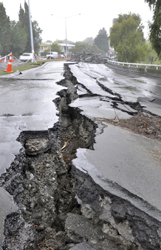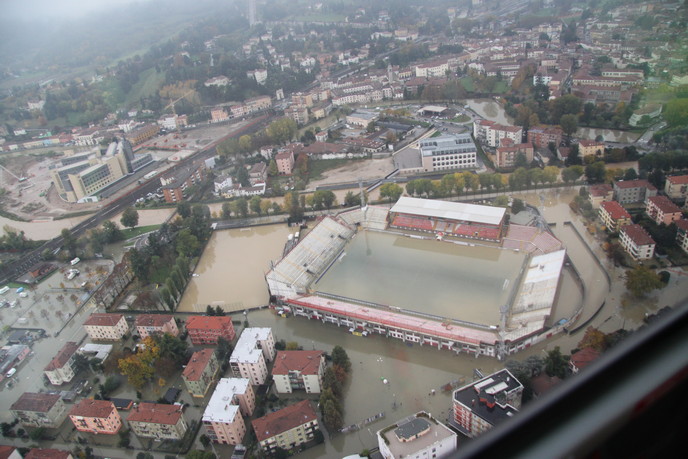Pan-European seismic hazard assessments
Collection and interpretation of seismic data can depend largely on rules in place in different cultures. A cooperative integrated approach is required to harmonise data and assess earthquake danger to develop accurate predictive models that enhance the safety of citizens’ and infrastructure. EU funding enabled scientists working on the project 'Seismic hazard harmonization in Europe' (SHARE)(opens in new window) to coordinate the resources, time and expertise of investigators over the entire European territory, the Maghreb countries and Turkey (not including the Near East and Red Sea areas). Contributors represented expertise in fields such as geology, seismology and earthquake engineering. With a strategy encouraging strong collaboration, SHARE has provided unprecedented publicly available resources. The initial establishment of engineering requirements guided the creation of appropriate databases and the selection of ground motion prediction equations. The team built a framework for harmonisation of earthquake and fault data. This led to the creation of the SHARE European Earthquake Catalogue (SHEEC), the first pan-European database of active faults and seismogenic sources, and the homogenised European seismic source zone model. The Euro-Mediterranean probabilistic seismic hazard assessment (PSHA) model has as its pillars extensive expert feedback through multiple community-based procedures. The model was translated to the quality-controlled computational infrastructure enabling engineers to create risk scenarios and deliver several products of Europe-wide importance. Importantly, this includes 60 time-independent European seismic hazard maps using an innovative weighting scheme reflecting relevance in time. The PSHA, a community-based seismic hazard model with updates for the Euro-Mediterranean region, has demonstrated the value of close cooperation across European regions. There is now a highly improved opportunity to predict seismic activity in earthquake-prone areas with harmonised data sets and quality control for greater safety of citizens. The treasure chest of freely available data and other resources should stimulate exciting new research with increasing precision and thus predictive capability.







